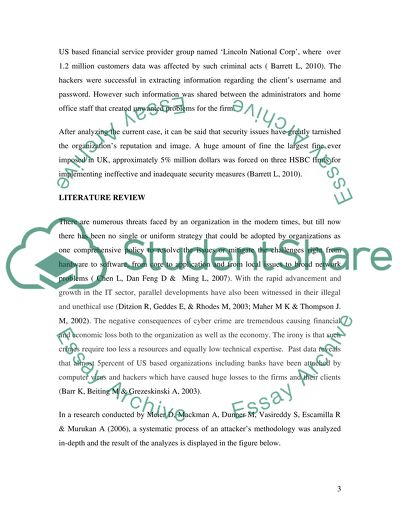Cite this document
(“Assessing IT Security Measures of HSBC Bank Coursework”, n.d.)
Retrieved from https://studentshare.org/finance-accounting/1412535-assessing-it-security-measures-of-hsbc-bank
Retrieved from https://studentshare.org/finance-accounting/1412535-assessing-it-security-measures-of-hsbc-bank
(Assessing IT Security Measures of HSBC Bank Coursework)
https://studentshare.org/finance-accounting/1412535-assessing-it-security-measures-of-hsbc-bank.
https://studentshare.org/finance-accounting/1412535-assessing-it-security-measures-of-hsbc-bank.
“Assessing IT Security Measures of HSBC Bank Coursework”, n.d. https://studentshare.org/finance-accounting/1412535-assessing-it-security-measures-of-hsbc-bank.


